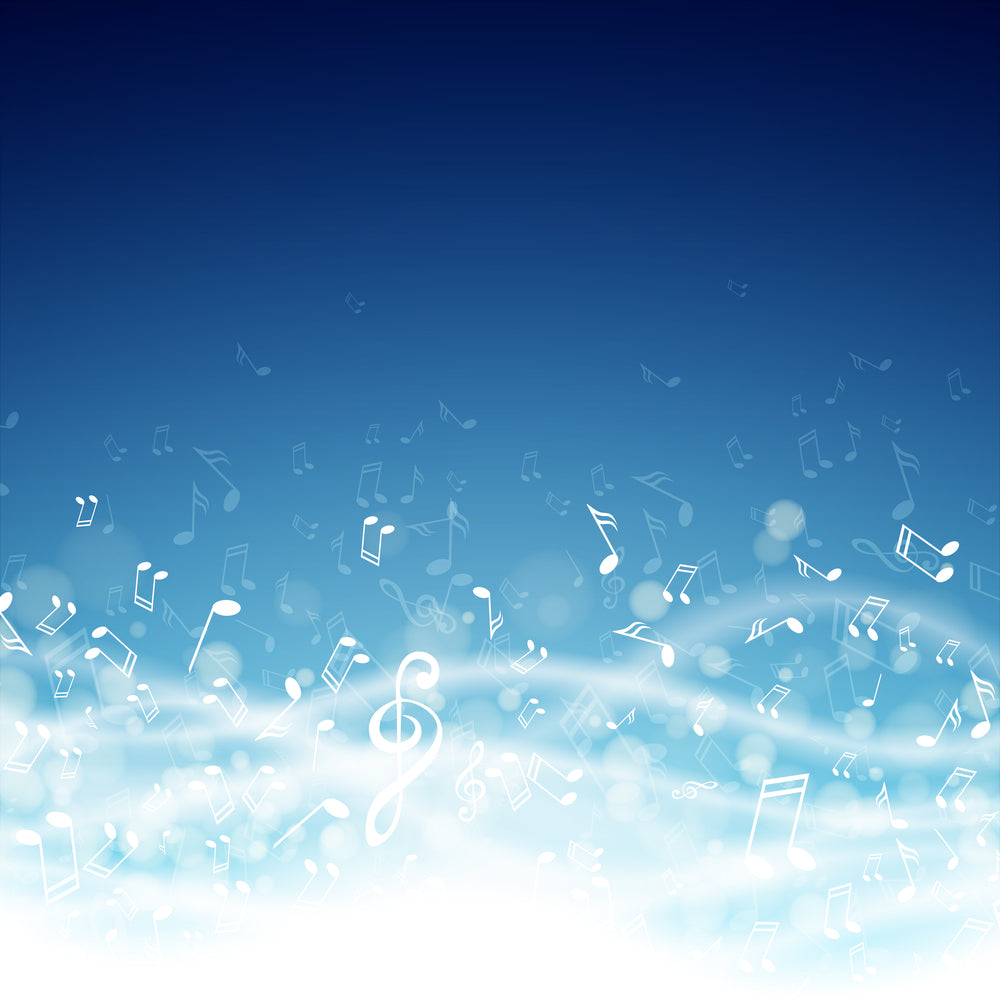Collection: How Live and Recorded Music Affects the Brain and Body
How Live and Recorded Music Affects the Brain and Body
Music moves us - but the brain and body respond differently when we experience it live versus when we hear it recorded. Here’s a complete look at the neuroscience and physiology behind live vs. recorded music.
🎵 Neural Processing
• Live music: Stronger multisensory integration - sound, sight, vibration - activates auditory cortex, motor cortex, mirror neuron networks, and visual areas.
• Recorded music: Primarily auditory cortex and memory circuits; less sensory richness.
⚡ Reward & Emotion
• Live music: Triggers higher dopamine in the nucleus accumbens (a subcortical brain structure in the basal forebrain that serves as a key component of the brain's reward system) and more oxytocin through shared social bonding. Anticipation of real-time changes heightens excitement.
• Recorded music: Still activates dopamine pathways, but mainly through nostalgia and mood regulation. Predictability reduces surprise-driven bursts.
🌡️ Physiological Responses
• Live music: Heart rate and breathing synchronize with rhythm; goosebumps more common. Vibrations stimulate the vestibular and somatosensory systems.
• Recorded music: More individualized autonomic changes; immersive for mood but less whole-body impact.
🧠 Social & Cognitive Impact
• Live music: Engages social cognition and empathy networks. Watching performers and sharing the moment with others strengthens group connection.
• Recorded music: Promotes introspection and personal memory recall, activating imagination and the brain’s default mode network.
✨ Key Points
• Live music = embodied, social, multisensory → bigger brain and body response.
• Recorded music = personal, memory-driven, mood-regulating → powerful for nostalgia and emotional depth.

